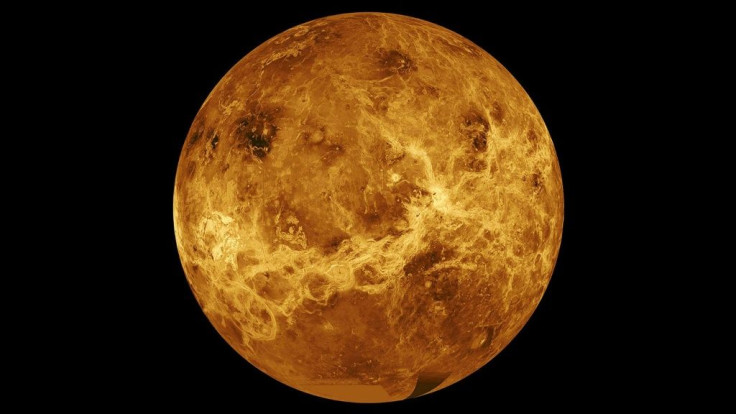Life On Venus: Jupiter Killed Earth-Like Environment On Hellish Planet
KEY POINTS
- Jupiter's early gravitational pull may have killed Venus' habitable surrounding
- Venus has extreme temperatures that can kill any form of life
- The case on Venus serves as a warning for Earth to avoid a similar temperature rise
Venus would have been capable of hosting life similar to Earth if not only for Jupiter’s interference in its planetary motion. The planet, named after the Roman goddess of love and beauty, was thrown off by the largest planet in our solar system from its original orbit around the sun.
The planet, also dubbed as Earth’s twin, was not as hostile to life forms as to how it is today, if not for Jupiter’s behavior in the solar system, according to a study published in the Planetary Science Journal. The study said Jupiter changed its planetary course, moving closer and then away again from the sun. Since it is a huge planet, about two-and-a-half of all planets combined, its gravitational pull killed Venus’ supposed friendlier environment.
“As Jupiter migrated, Venus would have gone through dramatic changes in climate, heating up then cooling off and increasingly losing its water into the atmosphere,” Stephen Kane, an astrobiologist from the University of California, Riverside, said in a press release.
The study is significant as it poses a warning for Earth to avoid a similar rise in temperature that could, in turn, make it inhabitable like Venus.
“I focus on the differences between Venus and Earth, and what went wrong for Venus, so we can gain insight into how the Earth is habitable, and what we can do to shepherd this planet as best we can,” Kane added in the press release.
Venus has become the inhabitable planet it is today because of its position as the second planet closest to the sun. It now has a temperature of about 800 degrees Fahrenheit (471 degrees Celsius), killing any form of life that may try to thrive on it.
The temperature of the planet is above the melting point, according to NASA. It is extremely hot, so much so, that its temperature is higher than Mercury even if the latter is the one closest to the sun.
The new study followed a previous finding where scientists found that the clouds above Venus contain phosphine gas. This gas is commonly produced by microbes which are the tiny living things found all around us.
Kane further explained that the recently discovered phosphine gas in Venus could indicate that there are microbes on Venus before it became belligerent to all forms of life at present.

© Copyright IBTimes 2025. All rights reserved.





















